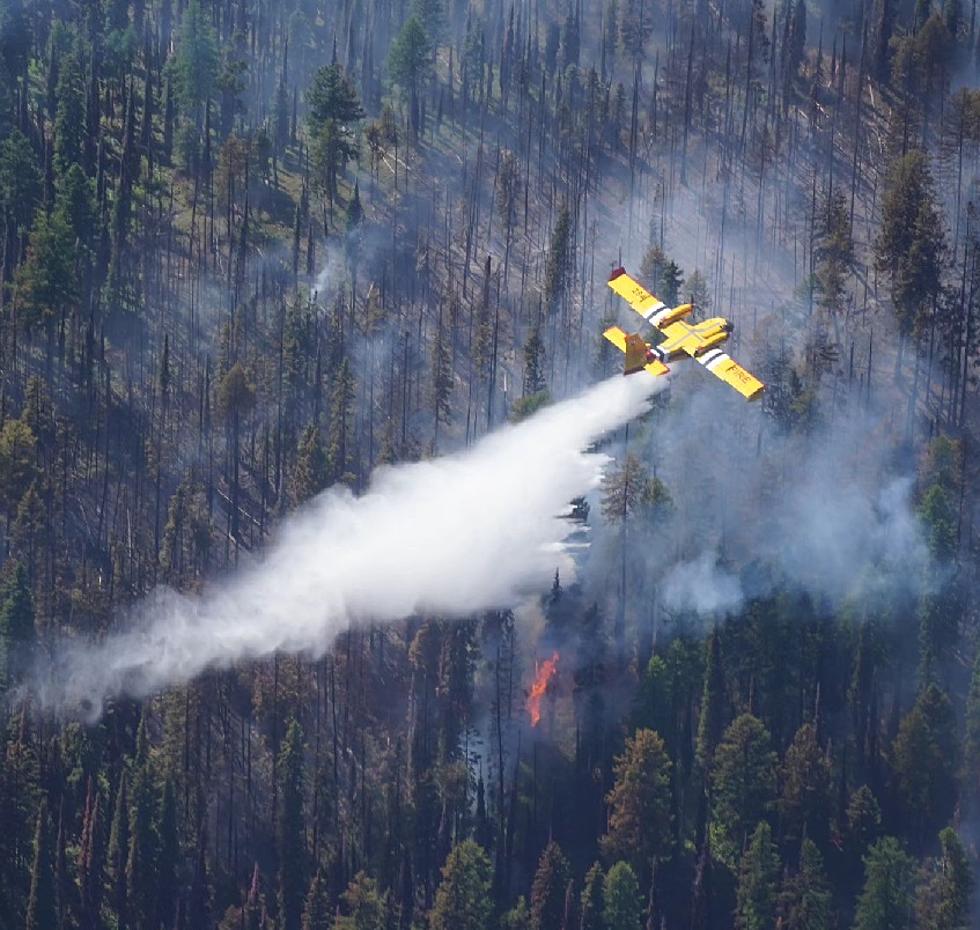
On Washington’s public lands, a rise in fires caused by people
Laurel Demkovich
(Washington State Examiner) Fires have more than doubled so far this year on state-managed public land in Washington compared to 2022, and people are mostly to blame for the blazes.
On Washington state lands, there have been 49 human-caused fires through Aug. 1, compared to 27 during that same time frame last year, according to the Department of Natural Resources. People have caused at least 82% of the fires this year on state land, the department said. Lightning-strike fires are also up.
Similar trends are playing out across the Northwest.
In Idaho, 152 of 198 fires reported this year on state land were caused by people, compared to 46 sparked by lightning.
During June and July, there were 197 human-caused or undetermined cause fires on Washington and Oregon’s National Forest lands. Last June and July, there were only 86 fires that fell into those categories.
People can spark wildfires and brush fires in a variety of ways – campfires, burning yard debris, sparks from moving vehicles, cigarette butts, or hot machinery are all possible causes.
Lightning fires are not preventable, explained Jacob Gear, U.S. Forest Service regional fire prevention coordinator for the Pacific Northwest and Alaska. Fires caused by humans are.
“We don’t want to be allocating resources to something we could’ve prevented,” Gear said.
Washington’s spring and summer have been particularly hot and dry – prime fire conditions.
The National Weather Service issued a red flag warning in western Washington this year in June, the earliest it has done so since 2006.
Now, with weeks left to go in Washington’s dry months, the state has already seen a number of significant fires.
These include the Sourdough Fire, which has threatened hydroelectric dam facilities in the North Cascades and closed Highway 20 during the height of summer recreation season.
In southern Washington last month, the Newell Road Fire burned just over 60,000 acres of mostly grass and brush. Also in July, the Tunnel Five Fire, near White Salmon in the Columbia River Gorge, destroyed at least 10 structures.
Smaller but fast-moving brush fires have started near cities and towns. By July, West Pierce Fire had already put out nearly as many brush fires as it had throughout the entire 2022 season.
And on Wednesday, a fire in Fort Steilacoom Park in Lakewood – in Pierce County – forced evacuations in surrounding neighborhoods.
The Northwest Interagency Coordination Center on Saturday moved the Pacific Northwest region to preparedness level 4, meaning more personnel and resources will be available to fight fires in Washington. The designation also means that the region is needing more resources from other parts of the country to help fight its fires.
According to DNR, all regions of the state are experiencing more fires on average this year than in previous years.
“This is a statewide issue,” Gear said. “It’s something that we all need to be aware of. There’s no place that we don’t need to be safe.”
Almost every county in the state and most federal and state lands have some burn restrictions in place, but Gear said he’s heard that many people are not complying.
According to the Department of Natural Resources, most fires caused by people are a result of recreational fires or debris burns. Other causes listed in the statewide fire incident report system include fireworks, smoking, firearms and equipment or vehicles.
Human-caused fires can burn differently than lightning fires in part because of how they start. Fires caused by lightning strikes, for example, might come during a storm where there is also moisture. That can slow down the flames, Gear said.
But if someone lights a campfire on a hot, windy day and doesn’t put it out properly, that fire could spread quickly.
Gear said he doesn’t exactly know why there are more human-caused fires this season, but he encouraged everyone to follow local restrictions and check local weather. Even if a campfire is allowed, the weather may not be the best for it.
Checking chains on vehicles and avoiding parking spots in dry grassy areas can also help to prevent fires.
